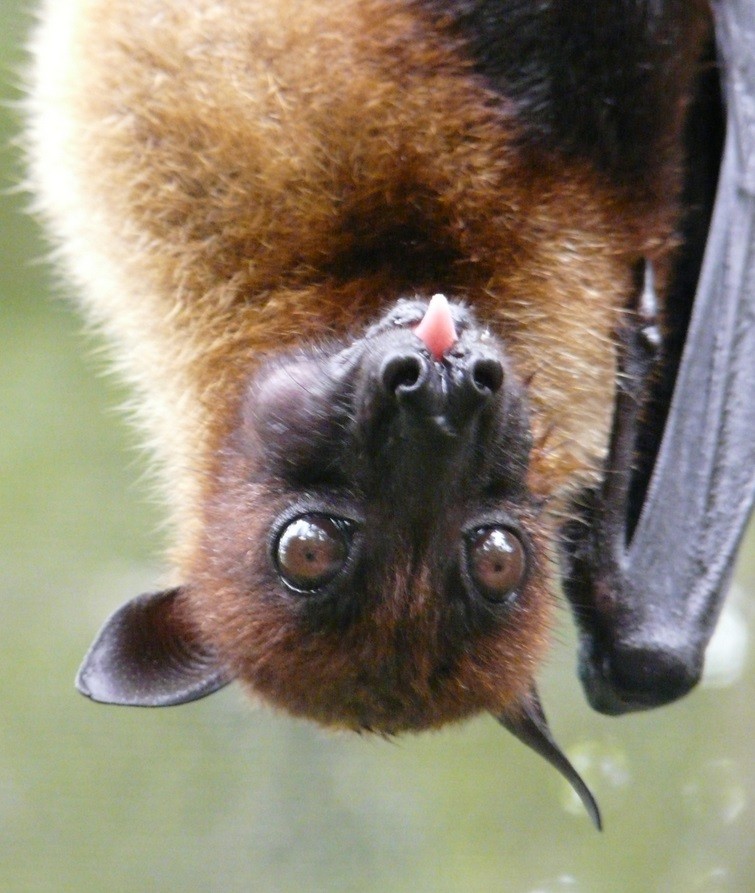Large flying fox
A species of Fruit bats, Also known as Malayan flying fox, Large fruit bat, Kalang Scientific name : Pteropus vampyrus Genus : Fruit bats
Large flying fox, A species of Fruit bats
Also known as:
Malayan flying fox, Large fruit bat, Kalang
Botanical name: Pteropus vampyrus
Genus: Fruit bats
Content
Description People often ask General Info
Description
The large flying fox is among the largest species of bat. but it has a distinctive appearance. It has standard pointed ears but lacks a tail. It is also one of the largest species of bats in the world. It prefers roosting in mangroves, where it often forms large, noisy colonies. It is not uncommon for the bat to migrate in search of flowering or fruit trees.
Size
27 - 32 cm
Life Expectancy
15-30 years
Nest Placement
Tree
Feeding Habits
Large flying fox primarily feeds on nectar, fruit, and the pollen and flowers of coconut, durian, and fig trees. It forages at night, using its unique dietary adaptations to locate and consume a variety of plant materials.
Habitat
Flying foxes inhabit primary forest, mangrove forest, coconut groves, mixed fruit orchards, and a number of other habitats. During the day, trees in mangrove forests and coconut groves may be used as roosts. In Malaysia, flying foxes prefer lowland habitats below 365 m. In Borneo, they inhabit the coastal areas, but move to nearby islands to feed on fruit. 
Dite type
Frugivorous
People often ask
General Info
Feeding Habits
Bird food type

Fruit
Behavior
Large flying fox is a nocturnal species, foraging for fruits and blossoms at night. They exhibit social behavior, living in large colonies that can number in the thousands. Although they may fly up to 50 kilometers in search of food, they tend to be territorial, returning to the same roosting site. These behaviors ensure their survival in diverse habitats, from forests to mangroves.
Species Status
As of 2008, the large flying fox is evaluated as a near-threatened species by the International Union for Conservation of Nature. It meets the criteria for this designation because it is likely experiencing significant population decline. The bushmeat trade is resulting in unsustainable harvest of this species. Additionally, it is experiencing habitat loss through deforestation. The large flying fox is on Appendix II of CITES, which restricts international trade. 
